For too long, Governance, Risk, and Compliance (GRC) has been relegated to the realm of necessity – a cost center focused on ticking regulatory boxes and avoiding penalties. While essential, this narrow view fails to capture the immense strategic potential inherent in a well-integrated GRC framework.
In today’s volatile and interconnected business environment, organizations that move beyond this traditional mindset and embrace GRC as a strategic lever are discovering a powerful edge, enhancing decision-making, fostering innovation, and building sustainable, long-term success.
The Evolution from Checkbox to Strategy
The landscape has fundamentally shifted. Digital transformation, the explosion of data, increasingly complex global regulations, sophisticated cyber threats, and heightened stakeholder expectations demand a more holistic approach. GRC can no longer effectively operate in isolated pockets within an organization. Its evolution demands integration and a shift in perspective – from a reactive, compliance-driven function to a proactive, value-adding strategic partner.
The Silo Problem: A Barrier to Resilience and Insight
One of the biggest impediments to realizing GRC’s strategic potential is the prevalence of organizational silos. When risk management, legal, compliance, IT, security, privacy, finance, and operations function independently, critical information gets lost, efforts are duplicated, and a comprehensive understanding of the organization’s true risk exposure is impossible. Consider these common scenarios:
- IT implements new AI technology without fully consulting privacy and legal on data usage implications.
- Finance assesses market risk without a deep understanding of potential operational or supply chain vulnerabilities identified by the risk team.
- Compliance develops policies without adequate input from the teams responsible for implementing them on the ground.
These disconnects create gaps in oversight, lead to inefficient resource allocation, hinder effective decision-making, and ultimately, make the organization more vulnerable to disruption and non-compliance.
Connected GRC: The Power of Collaboration
The solution lies in breaking down these silos and fostering genuine cross-functional collaboration, using GRC as the unifying framework. An integrated GRC approach ensures that:
- Information Flows Freely: Relevant data and insights are shared across departments, creating a single source of truth and a holistic view of risk.
- Shared Understanding Develops: Different functions gain appreciation for each other’s priorities, challenges, and how their work impacts the broader risk landscape.
- Controls are Integrated: Security, privacy, compliance, and operational controls are designed and implemented cohesively, reducing redundancy and improving overall effectiveness.
- Risk Appetite is Aligned: The organization develops a clearly defined and commonly understood risk appetite that informs strategic decisions across all departments.
- Responsibility is Shared: A culture emerges where risk management and compliance are not just the job of specific departments, but an integral part of everyone’s role.
Leveraging GRC for Strategic Advantage
When GRC operates as an integrated, collaborative function, it unlocks significant strategic benefits:
- Enhanced Decision-Making: Leaders gain access to comprehensive, real-time data on risks and compliance status across the enterprise. This enables more informed strategic planning, resource allocation, and risk-taking aligned with the organization’s objectives.
- Fostering Responsible Innovation: Clear GRC frameworks and guardrails actually enable innovation. By understanding the risks and compliance requirements upfront, organizations can pursue new technologies (like AI) and business models more confidently and ethically, avoiding costly missteps.
- Building Sustainable Growth and Resilience: Proactive risk management, strong governance, and a demonstrable commitment to ethical compliance build trust with investors, customers, regulators, and employees. This trust translates into enhanced brand reputation, improved access to capital, and greater organizational resilience against economic downturns, cyberattacks, or regulatory changes. Integrating ESG factors into the GRC framework further strengthens this long-term sustainability.

#RISK New York: Mastering Strategic GRC
Understanding how to effectively leverage GRC as a strategic tool requires expert insights and peer collaboration. The upcoming #RISK New York conference, taking place July 9-10, 2025, at Fordham Law School, provides the ideal platform. A key session dedicated to this transformation is:
“The Strategic Edge: Leveraging Governance, Risk & Compliance (GRC) for Long-Term Success”
This panel brings together a diverse group of experts to explore how organizations can move beyond basic compliance and unlock the true potential of GRC:
- Moderator:Michael Rasmussen, GRC Analyst & Pundit, GRC 20/20 (“Father of GRC”) – Guiding the discussion with unparalleled GRC expertise.
- Mandy Lit, Privacy and Compliance Strategy Expert – Offering deep insights into integrating privacy and compliance strategically.
- Lindsay Burckett-St Laurent, Shadow Regional CEO, Americas, IQ-EQ – Providing a senior leadership perspective on GRC’s role in business success.
- Daniel Goodwin, Account Executive, AcuityRM – Sharing insights on the technology enabling strategic GRC.
Attendees will gain practical strategies for:
- Integrating GRC into strategic planning and decision-making.
- Breaking down organizational silos to foster collaboration.
- Using GRC data to drive performance and innovation.
- Building a resilient and sustainable business through effective GRC.
The GRC Imperative
The message is clear: GRC is no longer a back-office function focused solely on avoiding trouble. It is a dynamic, strategic capability essential for navigating complexity, building trust, and achieving sustainable success in the modern business world. Organizations that embrace an integrated, collaborative, and forward-looking approach to GRC will undoubtedly gain a significant competitive edge.
Join the conversation at #RISK New York and learn how to unlock the strategic power of GRC for your organization.

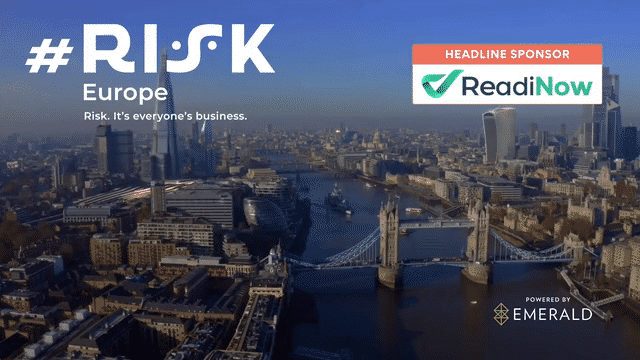



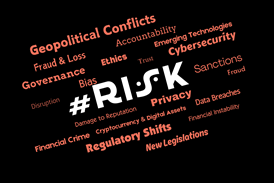
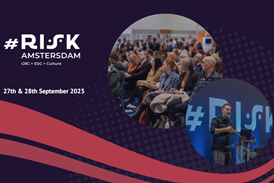


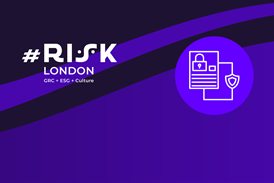


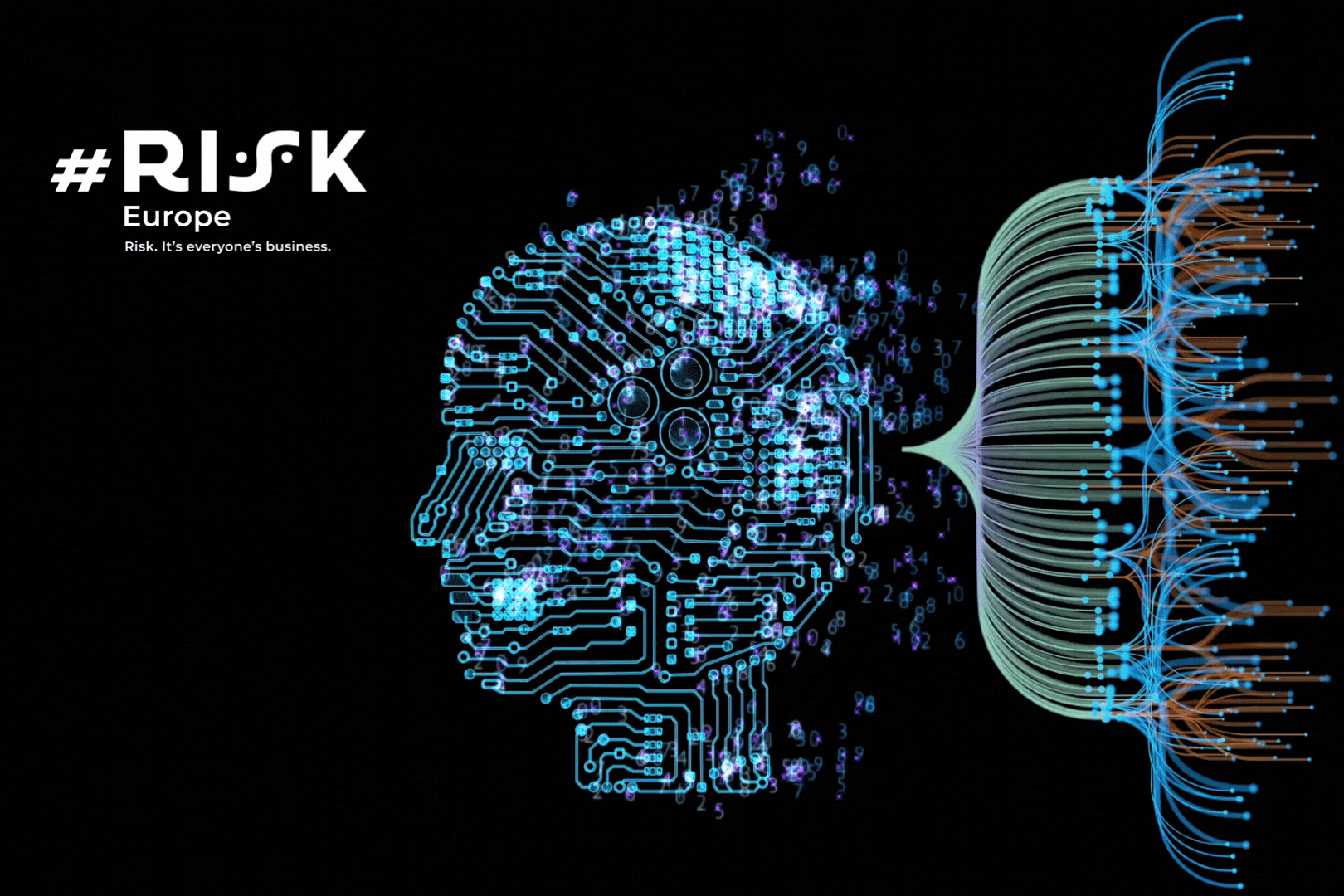






No comments yet